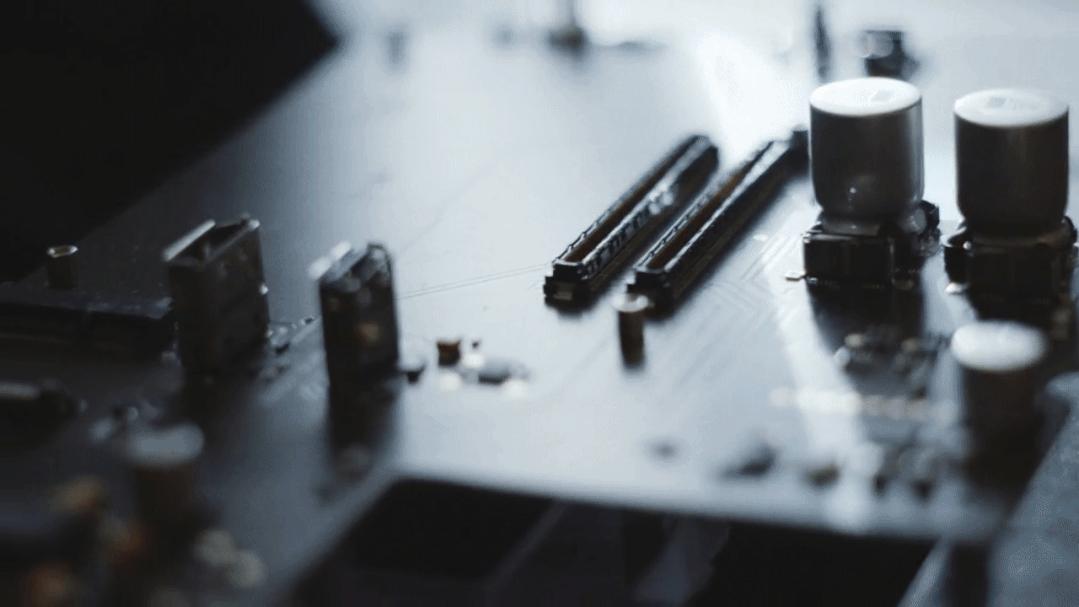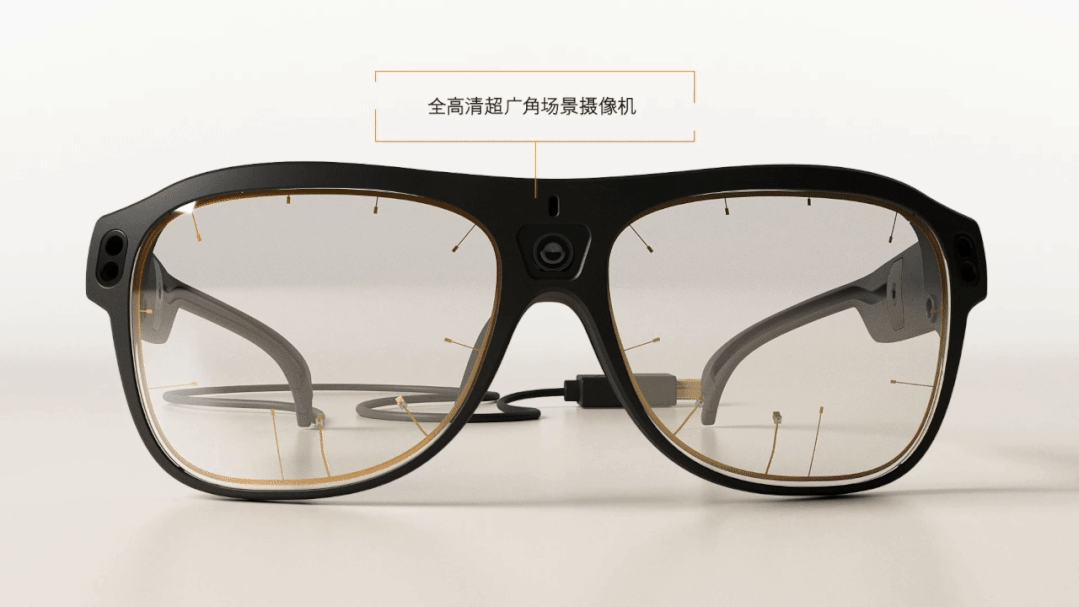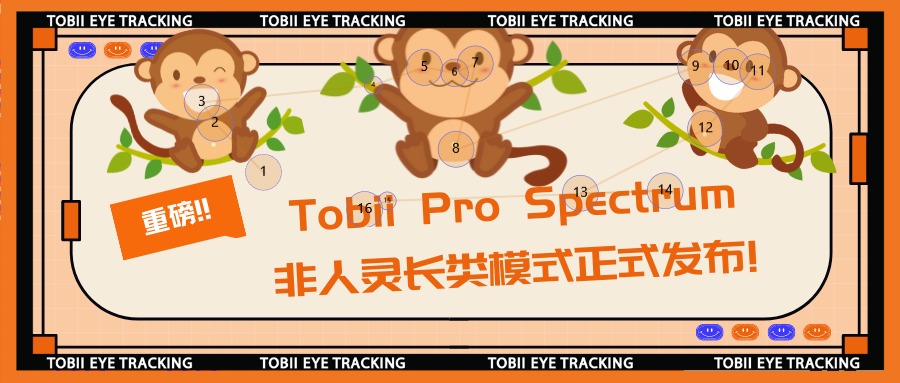Each week, "Tobii" will select for you the most recentVarious disciplineswithEye TrackingRelated important or interesting papers, togetherScroll down to read it~
Educational Psychology
Co-learner presence and praise alters the effects of learner-generated explanation on learning from video lectures
Learning partners and praise change the effect of learners' independent interpretation of video lecture learning
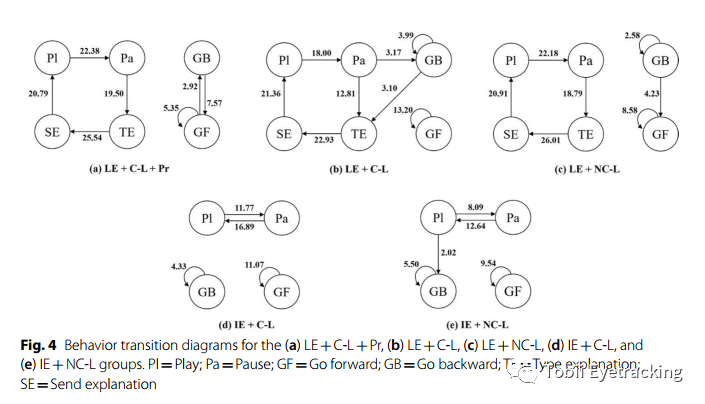

Author:Zhongling Pi; Caixia Liu; Qian Meng; Jiumin Yang
Periodicals:International Journal of Educational Technology in Higher Education
Journal Impact Factor:7.611
Abstract:Learning from video lectures is becoming a common learning activity in both formal and informal settings. However, relatively little research has been conducted on the interaction between learning strategies and the social context of learning from video lectures. The present study investigated whether learner-directed explanations and the presence of a learning partner (with or without accompanying nonverbal praise) independently and interactively influenced learning about infectious diseases in self-directed video lectures. College students were randomly assigned to watch either a video with instructor explanation or the same video that required their own explanation. Results were assessed by the quality of explanations, learning performance, cognitive effort, attention allocation, and behavioral patterns. Comparisons between groups showed that the teacher-explained and learner-directed explanation groups had similar learning performance in the absence of a partner co-learning. However, learner-directed explanation facilitated learning performance in the presence of a partner. In addition, learner-directed explanations in the presence of a learning partner also reduced learners' cognitive effort and stimulated more behaviors related to self-regulation and monitoring. These results suggest the following for educational practice when using video lectures: students will perform better if they learn through learner-directed explanations in the presence of a learning partner, even if the learning task is not necessarily more demanding. and would engage in more behaviors related to explanatory adjustment and self-regulation.
DOI:10.1186/s41239-022-00363-5
Keywords:Video lectures; Explanations; Co-learner presence; Praise
Video lectures; explanations; study partners; praise
Eye-tracking:Tobii T120 (discontinued, upgraded Tobii Pro Spectrum)
Click on the image for an introduction to the Tobii Pro Spectrum 👇
Computer Science
A machine learning approach to primacy-peak-recency effect-based satisfaction prediction
A machine learning approach to satisfaction prediction based on first-cause-peak-cause-proximate effect
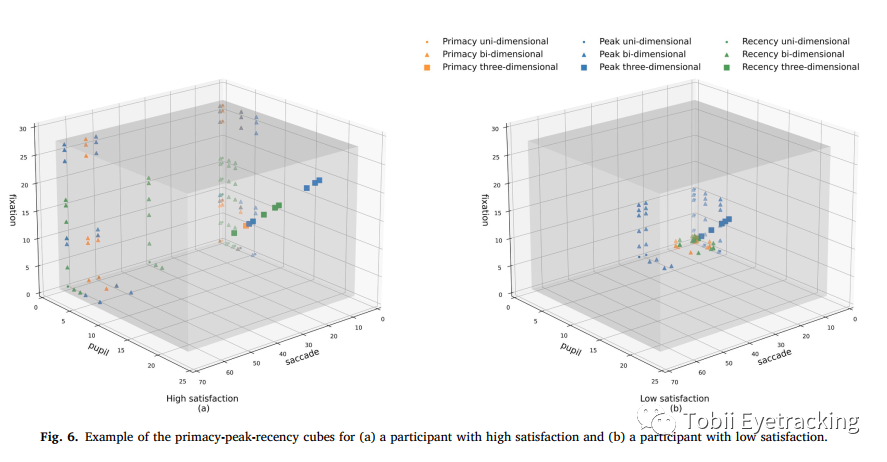

Author:Ping Wang; Hanqin Yang; Jingrui Hou; Qiao Li
Periodicals:Information Processing & Management
Journal Impact Factor:7.466
Abstract:Data retrieval systems that support the discovery and reuse of open data are becoming important tools in the open data ecosystem, however, user satisfaction with them is relatively low. This study proposes a "first-cause-peak-cause-proximate effect" to investigate the cognitive mechanisms that support the overall satisfaction of data retrievers. To test this effect, the first-peak-proximate cube, which consists of eye movement indicators at the beginning, middle, and end of the cube, was used as a theoretical model. A user experiment was conducted to collect eye-movement data and satisfaction scores generated during the interaction of 48 PhD students with the data retrieval system. Then, an integrated machine learning framework was applied to analyze the eye-movement data to evaluate the theoretical model. The results showed that the "first-cause-peak-cause-proximate effect cube" was a significant predictor of data retriever satisfaction (prediction accuracy = 0.682, regression R2 = 0.749). This finding suggests that complex cognitive processes measured by single, double, and three-dimensional eye movement metrics are predictors of overall satisfaction, thus confirming the prime-peak-cause-proximate effect. Furthermore, a combination of different types of influential moments and multidimensional eye movement events was the best predictor of overall satisfaction. This suggests that influential moments and cognitive processes have a superimposed effect on overall satisfaction. Combining theory-driven and data-driven approaches, this study reveals the potential of machine learning methods to analyze neuropsychological data for heuristic testing. With these findings, this study proposes practical strategies for predicting data retriever satisfaction and optimizing the user experience design of data retrieval systems.
DOI:10.1016/j.ipm.2022.103196
Eye-tracking:Tobii X3-120 (discontinued, upgraded Tobii Pro Fusion)
Click on the image for an introduction to Tobii Pro Fusion 👇
Cognitive Psychology
Reading in print versus digital media uses different cognitive strategies: evidence from eye movements during science-text reading
Paper versus screen reading using different cognitive strategies: eye-movement evidence of scientific text reading processes
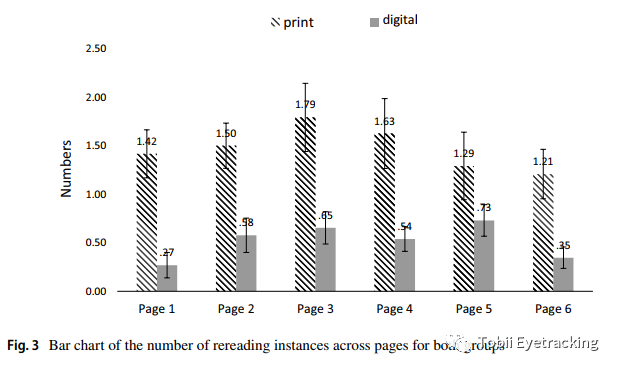

Author:Yu-Cin Jian
Periodicals:Reading and Writing
Journal Impact Factor:2.87
Abstract:Comparing the results of readers' comprehension of paper and screen reading is an active area of research, but little is known about the reading processes that result from these media. In this study, an eye-tracking experiment was conducted with 50 undergraduate students to investigate the differences between paper and screen reading processes. Participants were randomly assigned to read the same six-page science text, which included either a paper chart or a chart on a tablet, and then answer reading comprehension questions. The results showed that the participants read the paper charts with better comprehension. Eye-movement data showed that the paper and screen reading groups spent approximately the same amount of time processing the article, text, charts, and chart statements, but did not spend equal amounts of time in the first reading and rereading phases. The screen reading group spent more time reading the text during the first reading stage and rarely did they reread. In contrast, the paper reading group skimmed the article first and then reread the important parts, showing longer total gaze time and more rereading across pages during the rereading phase. In conclusion, the findings suggest that people use different cognitive strategies when reading on paper and screen, and show more selective and deliberate reading behaviors when reading on paper.
DOI:10.1007/s11145-021-10246-2
Keywords:Digital reading; Eye movements; Science text; Print reading; Cognitive strategies
Screen reading; eye movements; science text; paper reading; cognitive strategies
EyeActuator:Tobii Pro Glasses 2 (discontinued, upgraded model Tobii Pro Glasses 3)
Click on the image to learn about Tobii Pro Glasses 3 👇
Ergonomics
The Information Search Habits Investigated by an Eye Tracking Technique: How to Manage the Documentary Heritage of the National Library of Latvia
Investigating information retrieval habits with eye-tracking technology: National Library Documentary Heritage Management
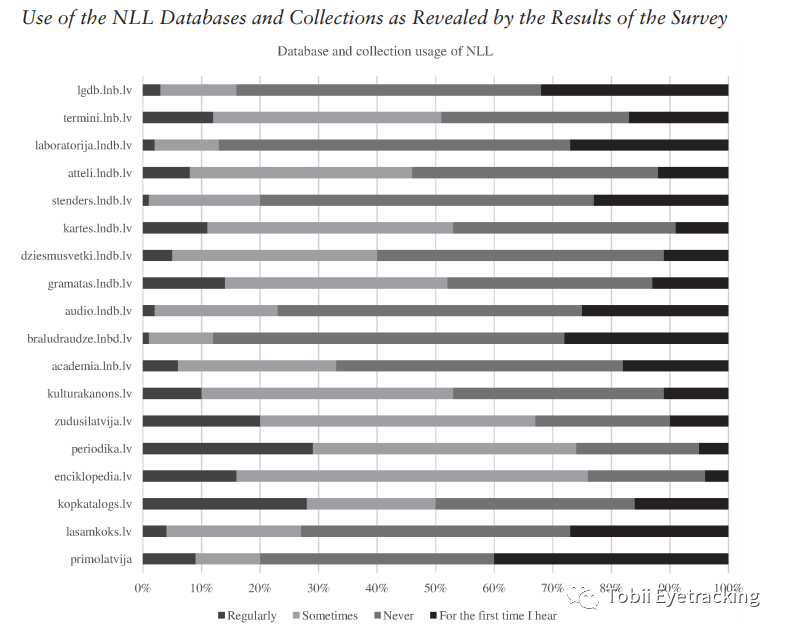

Author:Oskars Java
Periodicals:Journal of Teacher Education for Sustainability
Journal Impact Factor:1.84
Abstract:This major study, "Exploring Documentary Heritage, Building Synergies between Research and Society," aims to investigate previously unexplored aspects of documentary heritage, including documents that have previously been censored and not studied in depth. In order to make these layers and stories accessible to the public, the public should first be made aware of the existence of this information in order to raise awareness and encourage public action. As part of a large-scale study, this paper uses an eye-tracking tool to examine how the target group searches for information on the Internet. Usability tests showed that respondents did not go to specific information resources to search for specific information, but started their search primarily using one of the Internet's search engines. The results of the study suggest that in order to ensure the availability of reliable and high quality information to the public, a key condition for sustainable development, the database of the National Library of Latvia (NLL) should learn from the Google search engine in such a way that users can easily index information.
DOI:10.2478/jtes-2021-0017
Keywords:Usability test; User experience; Eye tracking; Documentary heritage; Information availability
Usability testing; user experience; eye-tracking; documentary heritage; information usability
Eye-tracking:Tobii Pro Glasses 2 (discontinued, upgraded model Tobii Pro Glasses 3)
Click on the image to learn about Tobii Pro Glasses 3 👇
👀
– Recommended Reading –
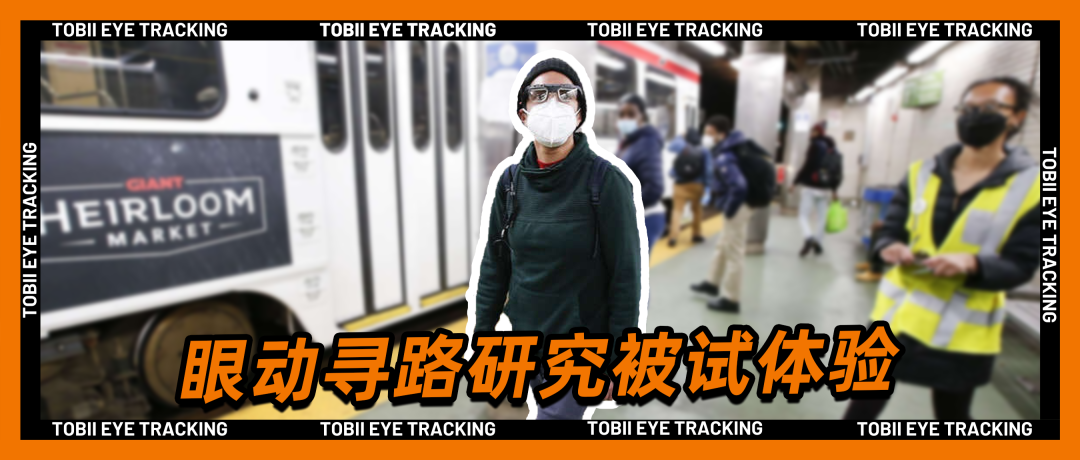


About Tobii
Tobii is the world leader in eye-tracking technology and an industry pioneer in attentional computing. Our vision is to create a world where technology and humans coexist in harmony. Follow Tobii Eyetracking to gain knowledge and cutting-edge information on eye tracking and attention computing.
Official website:www.tobii.cn
40 seconds to learn about Tobii Eyetracking








This article comes from the WeChat public number: EVERLOYAL

